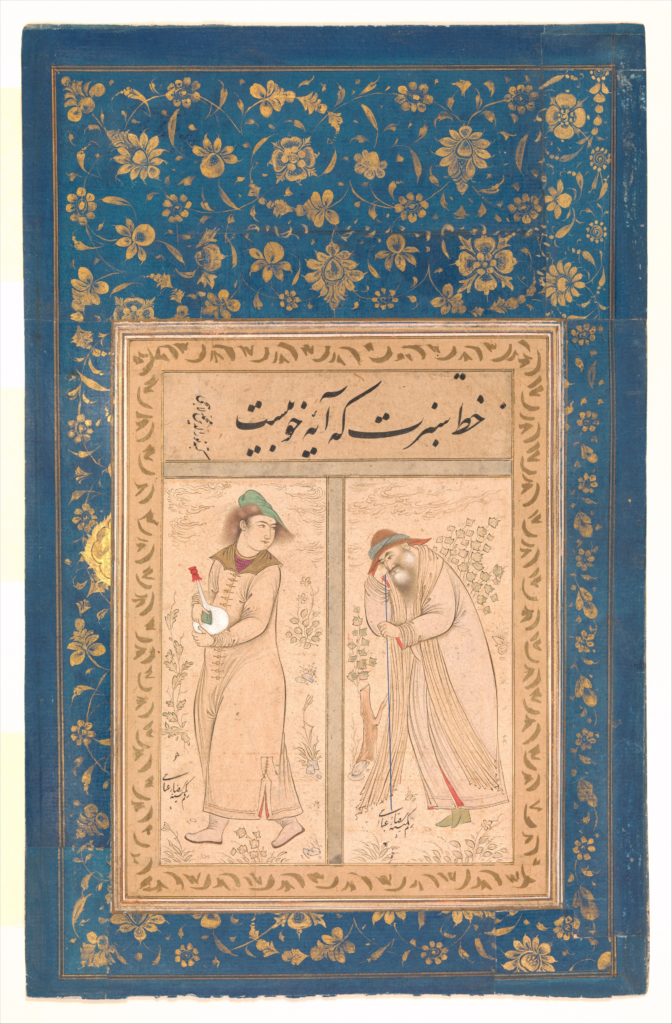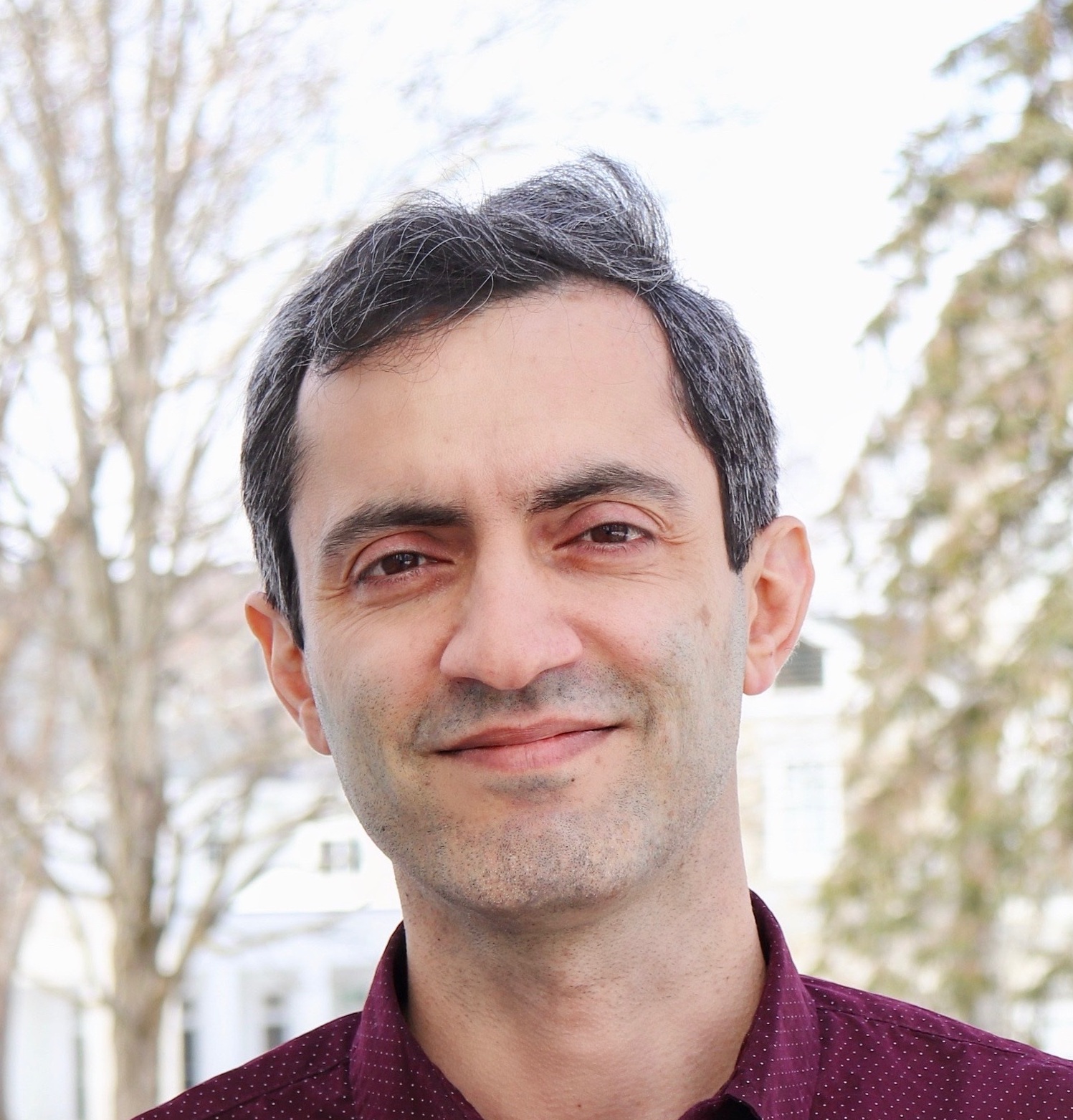
Given the complicated and sometimes dangerous political reality that scholars and journalists face on the ground, there is a dearth of in-depth studies that shed light on the dynamics of lived religion in Iran. Niloofar Haeri’s new book, Say What Your Longing Heart Desires is the latest among less than a dozen books that have been published in the past decade on the topic. Other examples include works from Alireza Doostdar, Narges Bajoghli, and Behrooz Ghamari-Tabrizi. The book offers us a fascinating window into the religious lives of a group of women through the lens of prayer and poetry. As a good anthropologist, Haeri is forthcoming with her own positionality at the very beginning of the book. “Having grown up in a religious family in Iran,” she says in the preface, “and having lived through the 1979 revolution, I spent many years of my life running the other way whenever the subject of religion came up. I was uninterested and at times even quietly hostile.” After a crucial encounter with a religious relative who tells her about how well her prayers had gone one evening the author begins to understand that—in spite of living many years in the company of men and women who prayed—she “did not understand the most basic ritual that Muslims must perform every day”—an honest and brave admission that many secular scholars would not easily make (xi).
Despite this very modest starting point, Haeri succeeds in positioning herself in the field among a group of educated women who are brought together by their love of Persian mystical poetry. She listens empathetically, asks important questions, and develops an analytical framework that is informed by some of the best studies done in the field of anthropology of religion. The book succeeds exceedingly well in its primary mission: to demonstrate to the western reader (especially the secular ones) that despite the way that Islamic piety is often associated with rigid formalism, rituals like prayer (namāz in Persian) are complex and dynamic phenomena deeply connected to the inner spiritual life of the faithful and, in the case of her interlocuters, intertwined with a mystical understanding of religion.
Two concepts stand out as crucial for Haeri’s analysis of namāz as performed and understood by her interlocuters: ʿerfān and hāl. A close analysis of the two concepts, I believe, is very helpful in unsettling some of the dominant binaries through which religion is often understood in Iran. These binaries include secular/religious, hegemonic/marginalized, and traditional/modern. This is the theme I would like to explore a bit more in depth in this piece.
ʿErfān, which is usually translated to “mysticism” in English literature, is a widely used concept in contemporary Persian discourse. While the concept was invented in late seventeenth century as an alternative to the traditional term tasawwuf (Sufism) as I have shown in my own work, it was only during the second half of the twentieth century that it began to be widely used as a staple of public discourse on religion, a trend that only accelerated in the aftermath of the Revolution. Haeri is aware of this historical contingency and, as such, she tries to situate her interlocuters’ understanding and practice of ʿerfān in the context of Iran’s recent history, especially after the Revolution. She notes the influence that the Islamic Revolution had on drawing the attention of the women she worked with to religion (xiv, 23) and the broader interest in religious topics among the public. In the aftermath of the Revolution, Iranians have been engaged in extremely vital, fascinating, and rigorous public (and private) debates about religion which cannot be simply reduced to a debate between “believers and nonbelievers, pro-Islam and anti-Islam, pro-regime and anti-regime” (4). When it comes to the tradition of ʿerfān, especially as understood through the lens of Persian mystical poetry, there has been an exponential increase in its practice after the Revolution. As Haeri correctly notes, the popularity of the tradition of ʿerfān is not confined to classes and gatherings focused on reading and discussing the mystical poetry of Rumi and Hafez—like the focus group with whom Haeri worked. Rather, it encompasses a broad spectrum of people from different religious persuasions, from seculars who won’t identify as religious, to the Islamist proponents of the Islamic Republic. To quote Haeri, “[T]he depth and breadth of the mystic tradition in Iran is such that it divides even individuals, groups, and institutions that are, to one degree or another, proponents of the Islamic republic” (18). Interest and investment in the tradition of ʿerfān, in other words, defies the usual binaries such as religious/secular or hegemonic/minoritized (61–64).
While the concept of ʿerfān has been the subject of some scholarly analysis in the past, Haeri’s focus on the concept of hāl is both original and thought provoking. Like ʿerfān, this is also a widely used term in contemporary Persian discourse that is “meant to capture a sudden, fleeting, and unpredictable change in one’s emotional state, a moment when one feels an overwhelming sense of connection to the divine (to nature, to the universe)—a sense of ecstasy, joy, or even deep sorrow” (13). The term can literally mean either “present moment,” or “[someone or something’s] state of affairs” (either physically or mentally), but its use in Sufi literature is more technical. Al-Qushayri (d. 1074), in his famous al-Risālah defines hāl as “something that descends upon the hearts [of the mystics] regardless of their intentions, their [attempts] to attract it, or their [desire to] earn it. This can be [the states of] joy, grief, expansion, contraction, passionate longing, vexation, awe or need.”[1] This latter meaning or something close to it, as Haeri notes, is widely used in contemporary Iran among religious people in reference to the experiential aspects of their piety. The concept of hāl in this meaning is central to Haeri’s analysis because it is directly related to the question she begins the book with: How can a prayer go well? The answer is simple: if it is accompanied by good hāl. Along with other central concepts such as ekhlās (sincerity) and hozūr (presence), therefore, hāl is the backbone of a pietistic discourse that spotlights the subjective dynamics involved in the act of prayer rather than its ritual formalism.
By dwelling on concepts like hāl, Haeri’s analysis puts a premium on the experiential aspect of religion. Yet, as she notes in passing, this emphasis runs against the pervasive “mistrust of the experiential” in the study of religion and beyond (81). The author foregoes any discussion of the theoretical roots of this mistrust and its ramifications for her work. I do think, however, that this would have been a fruitful engagement. It is important to note that this mistrust was primarily a corrective re-action to a popularized conception of religion promoted during the nineteenth and twentieth centuries by Protestant theologians and scholars like Friedrich Schleiermacher (d. 1834), William James (d. 1910), and Rudolf Otto (d. 1937). In this lineage of thinking, religion is primarily understood and analyzed as a matter of personal direct experience with the “Infinite” or the “Divine,” which comes at the expense of taking ritual and communal aspects of religion seriously. Interestingly, while Haeri’s interlocutors are very comfortable with the ritual of namāz performed in private, they seem to share this suspicion of the communal, which manifests in their dislike of communal settings for prayer. According to her, they “mostly expressed a preference for praying at home, in their own rooms or in a space where they can be alone….[P]raying in crowded areas such as a mosque was spoken of as not being conducive to concentration, which is necessary for a good namāz but a state that is hard to achieve and a constant struggle” (81–82).
While one might find pre-modern predecessors for this negative attitude towards public performance of namāz, I would argue that it has no precursors. It is true that one can find a critique of publicly performed acts of piety through the themes of ostentation (tazāhor) and insincerity (riyā) in Persian poetry (80). This critique, however, is not really what these women seem to be concerned with in the above quote. Rather, they seem to see a publicly performed namāz to be less than ideal because it is not conducive to a good hāl. My preliminary impression of pre-modern sources is that the use of the term hāl, especially when it is used in its mystical sense, is not as extensive and widespread as Haeri seems to suggest (21). Rather, I would suggest that the early- to mid-twentieth century developments play a much more pronounced role in the formation of modern conceptions of piety in Iran, including the concept of hāl. I would argue that, similar to the wide-ranging appeal of ʿerfān in modern Iran, the focus on the experiential aspect of piety is something that pervades the contemporary religious landscape—from the older generation of liberal-minded individuals (like Haeri’s interlocutors) to the younger Islamist supporters of the Revolution (like the basījīs, members of paramilitary umbrella organization associated with the Revolutionary Guards). In other words, while the latter group might oppose the former as “secularists” and the former denounce the latter as “fundamentalists,” deeper currents of modernity constitute them both. An anecdote from the book might shed more light on this point. “Many of these women believe,” Haeri says “that their mothers and fathers rarely talked to God in the ways that they do…They characterized their parents’ approach and that of the generation before them as mowrūsi (inherited) and ābā va ajdādi (fathers and ancestors) …They did not do ‘their own research’” (116–17). Here, Haeri’s interlocutors portray their parents’ mode of piety as rote ritualism and blind obedience to ancestral traditions. In contrast, they are proud to identify with a mode of piety that is self-conscious, choice-driven, rational, and experience-centered. This is exactly the type of piety the Islamist ideologies of the Revolution have promoted for decades now.
My remarks here, of course, are tentative and should be taken with a grain of salt. A robust genealogical study of concepts like hāl is necessary to arrive at a proper understanding of this important aspect of religious experience in Iran. In the meantime, we can thank Haeri and her wonderful book for prompting us to think about how we might be able to rehabilitate the experiential without sacrificing the ritual or the communal.
[1] Al-Qushayri, Al-Risalah, 133. Translation taken Knysh (tr.), Al-Qushayri’s Epistle on Sufism, 78 with some minor modifications.


Wonderful commentary. The Protestant idea of ‘interiorised’ faith is an important vantage point to look at secular ideas of piety. However, I think, it would be helpful to see how people like Corbin prioritised the Irfan-centric mysticism as against popular Sufi orthopraxy. Tazkiya centric Sufism which is more formal was subsumed under it.